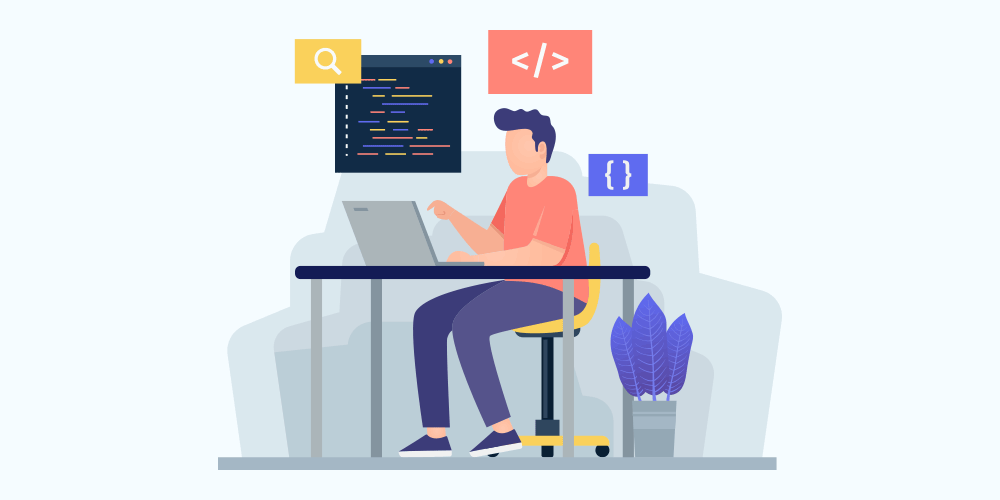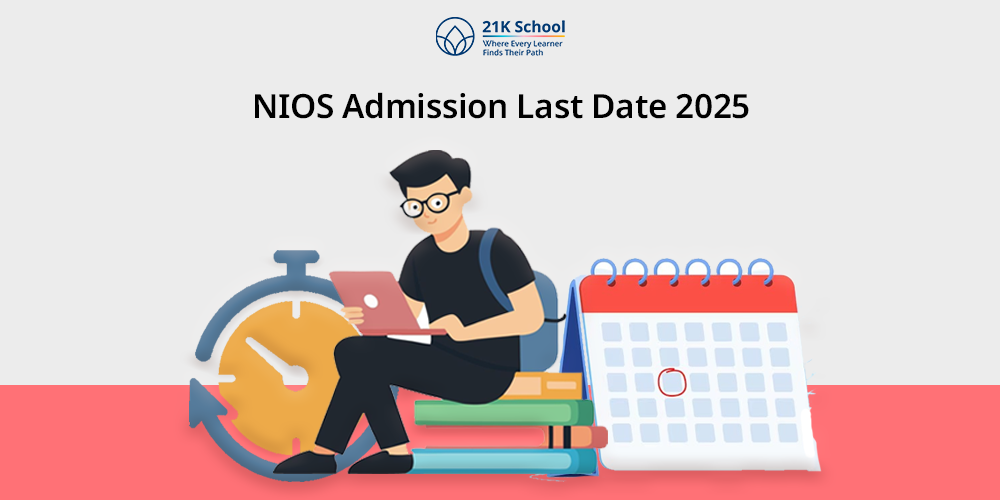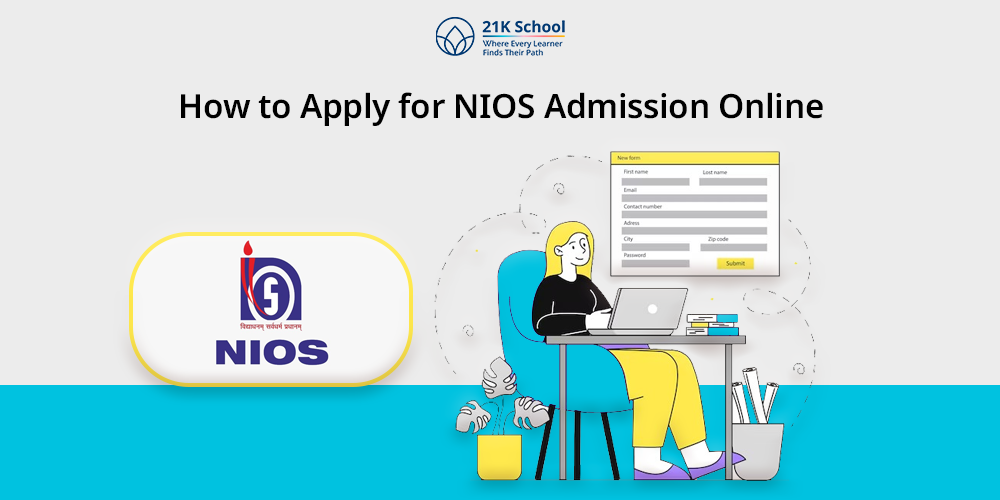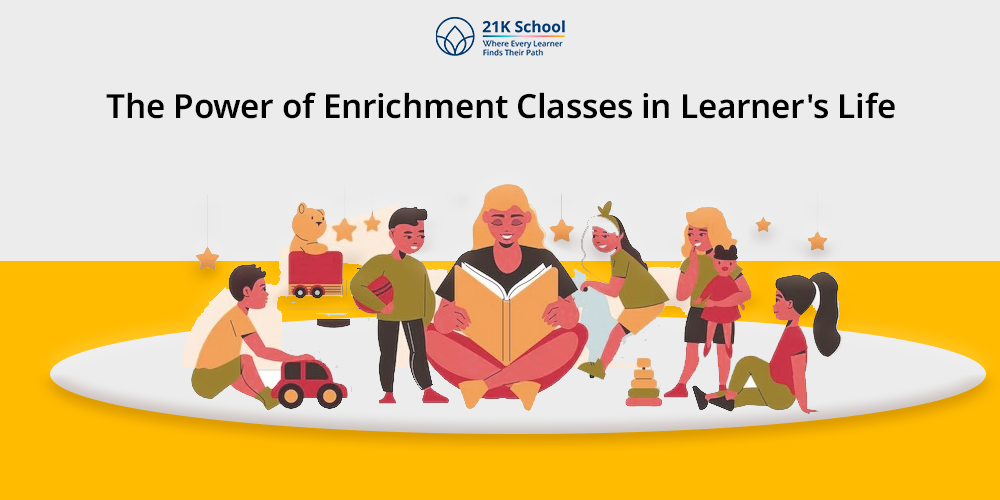
Teaching students to code is a hot topic these days due to the buzz around rapidly expanding digital businesses and the debates about how to improve our educational system. We envision a time when coding is just as essential to early education as reading, writing, and math.
You are probably considering how to integrate the fundamental ideas of coding in your classroom as a teacher. Depending on the grade(s) you deal with, coding languages could be a little beyond the comprehension of some students.
Still, understanding and using fundamental coding concepts like algorithms, decomposition, sequences, and more can greatly help any student!
Table of Contents
- 15 Ways To Implement Coding In Classroom
- 1. Stress that Coding Equals Creativity
- 2. Focus on Project-Based Learning
- 3. Use Makerspaces
- 4. Harness the Interest of Each Child
- 5. Keep it Fun
- 6. Providing Hands-on Experience
- 7. Coding Games
- 8. Participate In Hour Of Code
- 9. Scratch
- 10. Choose A Programming Language For Kids
- 11. Code Monkey Island
- 12. Connect Coding To Writing
- 13. Encourage Exploration
- 14. Kodu Game Lab
- 15. Minecraft Education Edition
- Conclusion: Introduce Coding to Your Classroom!
15 Ways To Implement Coding In Classroom
Thankfully, you don’t need to wait for “someday” to start teaching your students to code. Here are 5 suggestions to help you pique and nurture a student’s interest in programming.
1. Stress that Coding Equals Creativity
Coding requires creativity just as much as it does math, science, and problem-solving skills. Many individuals, including students & professionals, are put off coding by perceiving computer programmers as math nerds.
However, coding is the act of creating and giving life to things like robots, games, programs, and drawings. Since most students enjoy creating things, learning to code will come as effortlessly to them as drawing or using Legos to construct a structure.
By focusing on creativity, you may pique their interest and help them naturally pick up some fundamental programming skills. Keep it light-hearted, and don’t push it; not every student enjoys drawing or programming.
2. Focus on Project-Based Learning
You should look into this modern trend if you haven’t already! The premise behind project-based learning (PBL) is that rather than giving students boring lectures and worksheets, teachers should give them issues to solve.
Coding fits very well with this type of educational approach. The ideal way to enthuse your students about project-based learning is through Scratch Jr. (PBL). The Scratch Jr platform offers software aspirants many fun projects to perform.
With the help of this tool, young students as young as 5 or 6 can effectively create their uncomplicated games and stories.
3. Use Makerspaces
Several schools have developed hands-on learning environments for students as well as for teachers to interact with and practice essential STEM (Science, Technology, Engineering & Mathematics) skills and coding.
These areas can also assist in bridging the crucial gap left by students who do not have easy access to programs and technologies.
EdTech Magazine says, “For students who want to pursue computer science but lack access to the necessary tools to get started, ‘maker spaces’ are the ideal sites,” as they are constantly open to all students, unlike conventional lectures.
Makerspaces offer the ability for practical instruction that can impart coding skills.
4. Harness the Interest of Each Child
Try the programming languages your students find interesting, and don’t write off coding completely if they don’t like one particular version. Coding may be used to develop various programs.
Some apps concentrate on everything, including animation, game design, storytelling, and art. Students can design and program robots using kits like Lego Mindstorms, Sparki, and littleBits.
Voracious readers can create websites to post reviews of books they have read. Sports fans can create websites to follow the statistics of their desired players or teams.
Implement something useful for your students who find it enjoyable & teach them how to use coding as a fresh means of achieving their ideas.
5. Keep it Fun
Programmers enjoy problem-solving, and many professional coders base their employment decisions on the difficulties they will encounter.
You can always encourage your students to be interested, tinker, and solve issues whether or not they become addicted to any of the applications mentioned above.
Do encourage them to explore new ideas and methods of operation or turn puzzle games into a fun activity. Even if they are not interested now, a student who appreciates creative problem-solving may become interested in coding.
6. Providing Hands-on Experience
For effective integration of coding in the classroom providing hands-on experience is an ideal choice for both teachers and kids. It mainly focuses on real-time learning, utilizing makerspaces, and leveraging the interests of students.
Remember, coding is not just reading about syntax or algorithms, it’s all about how kids are implementing these learning with their creative thinking.
Various websites such as Blockly and Code.org guide children to drag and drop code blocks. This makes their experience more visual and intuitive with time.
7. Coding Games
Different kinds of coding games offer a fun and engaging way to teach children coding skills from basics to advance. Using these games in the classroom helps in student engagement.
Teachers can create hands-on learning experiences to encourage children towards creativity and problem solving techniques.
Different platforms like Lightbot, CodeCombat, and Tynker use easy to hard gaming elements which teaches coding logic, loops, conditionals, and functions. These games not only help in building analytical skills in students but also teach them how to learn with fun.
8. Participate In Hour Of Code
The Hour of Code refers to a global movement that introduces lots of students to coding through accessible, one-hour tutorials.
It uses various online resources which offer instructional videos and “talk-throughs,” provide coding challenges for practice, and create a final project to encourage students’ abilities.
Here students can share their work and achievements through presentations, gallery walks, or sharing their work.
9. Scratch
A visual language known as scratch can be used in classrooms for students to introduce coding in a fun and easy way. It starts with the basics so everyone can get the right environment.
Scratch programming for kids uses a visual block-based interface that makes it easy for children to grasp programming concepts without any struggle. The scratch coding community can also help students to share their creation and learn from others.
This exposure not only helps in coding collaboration with better participants but also provides the right individual aur upcoming group tasks. Both teachers and students can access extensive tutorials and resources for perfect implementation.
10. Choose A Programming Language For Kids
Choosing the right programming language is crucial for kids, especially when they are in the beginner stage. The introduction to coding in the classroom becomes excellent if visual programming languages like Scratch or Blockly are used.
If the kid is in intermediate or not all the basics or looking for an advanced yet beginner-friendly option, Python can be an ideal choice. Due to its readability and versatility people choose it as a first language to learn.
11. Code Monkey Island
CodeMonkey is a platform that provides fun-loving ways to introduce coding in the classroom. Code Monkey Island is a game-based learning program that helps kids in coding, accessible and enjoyable for students of various ages.
It is one of the excellent tools for introducing coding specially for young kids. Online schools can also implement it in their classrooms.
The game is ideal for teamwork and communication as students work together. These social activities make the environment positive, approachable and enjoyable.
12. Connect Coding To Writing
Connecting coding to writing means both skills have similar ways to implement. From creating structure, look for creativity to attention to detail in the end.
Teachers can help students by providing simple code-based games that not only uplift their coding skill but also creative thinking skills.
13. Encourage Exploration
Encouraging exploration is one of the best ways to implement coding in the classroom for students. Teachers can integrate coding into various subject areas, focus on project-based learning, utilize makerspaces, and leverage gamification.
Setting up coding labs can encourage them to have access to various tools, resources, and platforms.
For encouragement teachers should give them freedom to discover various coding languages, robotics kits, or app development platforms.
14. Kodu Game Lab
An engaging visual programming environment where students can create 3D games and learn coding fundamentals is known as Kodu Game Lab.
If kids want to learn the fundamentals of coding principles such as loops, conditions, and variables, it allows them to express creativity through game design.
15. Minecraft Education Edition
Minecraft Education Edition refers to a popular tool for teaching programming, problem-solving, and collaboration. It provides various ways for coding in both in-game tools and external platforms.
Here, students can learn to code with the help of block-based languages, text-based languages such as Python and JavaScript.
Students can also explore Redstone mechanics to build complex circuits and automate tasks.
Conclusion: Introduce Coding to Your Classroom!
The possibilities for students to get introduced to coding are endless, not to mention how much fun it will be for them to have new tools at their disposal now. But it’s also crucial to remember that not everyone is a good fit for coding.
Rather than forcing them to it, introduce them to it and then let them take the wheel. Even if people don’t express interest right away, they might later! So, which one are you planning to try first?
Implementing coding into the classroom is not only for fun or skill upgradation, it also for ensuring better careers. With hands-on experiences, coding games, personal projects, and a wide range of platforms like Scratch, Minecraft, and Kodu, kids can achieve better academic results and jobs.
Teachers can create dynamic, engaging learning environments to uplift students’ interest in coding.
With the help of different ways like connecting coding to other subjects, and participating in global initiatives like Hour of Code can help foster a lifelong love of coding in students, preparing them for a future where digital literacy is essential.



